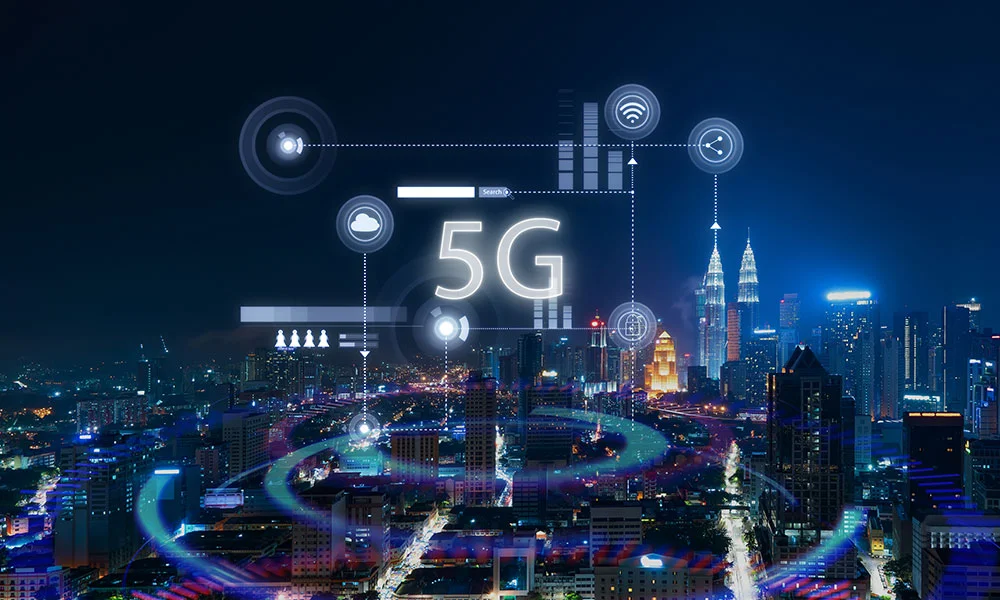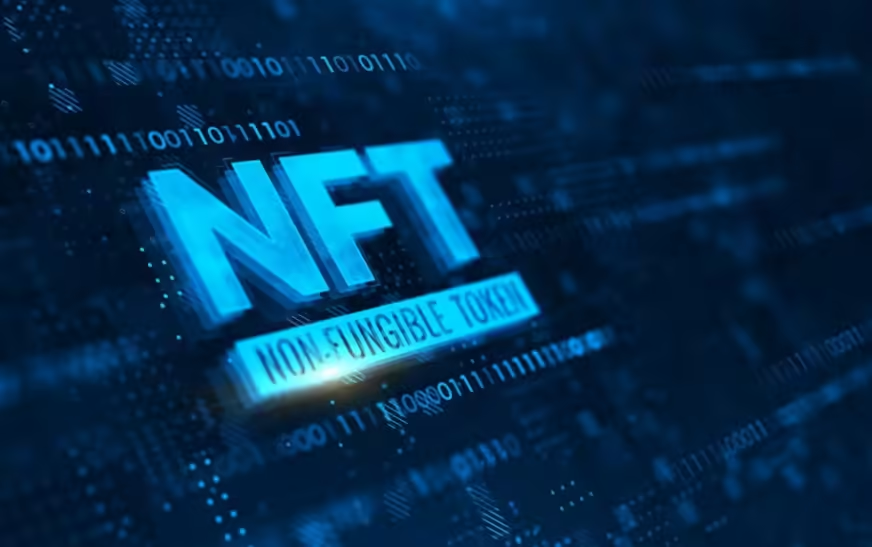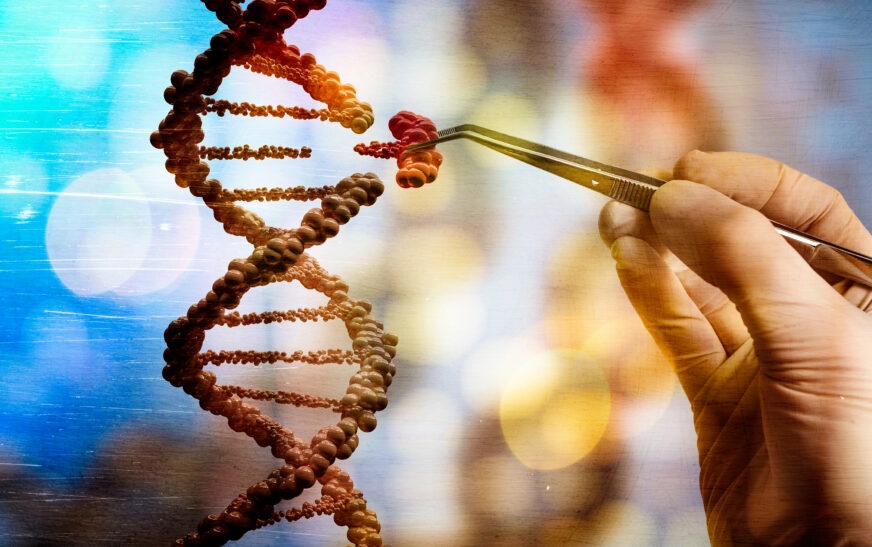Web 3.0 and the Decentralized Web:
The internet has come a long way since its inception. From the static pages of Web 1.0 to the interactive platforms we navigate today, each iteration has transformed how we connect and communicate. Now, we’re on the brink of another significant shift: the emergence of Web 3.0 and the decentralized web.
Imagine an internet where users regain control over their data, interactions are peer-to-peer, and trust is embedded in technology itself through blockchain innovations. This isn’t just a dream; it’s becoming our reality as we move towards reimagining what connectivity means in this digital age.
Welcome to a world where decentralization empowers individuals, fosters innovation, and creates a more equitable online environment for all users. Join us as we explore what Web 3.0 truly entails and how it’s poised to change various industries forever!
The Evolution of the Internet: From Web 1.0 to Web 3.0
The internet began with Web 1.0, a static landscape where users were primarily consumers. Information was presented in read-only formats, and interaction was limited.
Then came Web 2.0, marking a shift towards user-generated content. Platforms like social media emerged, empowering individuals to share their thoughts and creativity widely. This era fueled collaboration but also centralized control within major corporations.
Now we are witnessing the dawn of Web 3.0—a decentralized vision for the future of the internet. It promises to liberate data from corporate hands, allowing users to engage directly without intermediaries.
Blockchain technology plays a pivotal role in this evolution by ensuring transparency and security through its distributed ledger system.
This new phase aims to empower individuals while fostering trust among participants in online ecosystems—transforming how we interact with each other and digital services forever.
What is Web 3.0?
Web 3.0 represents the next evolution of the internet, focusing on a more intelligent and connected experience. Unlike its predecessors, this version leverages advanced technologies like blockchain to create a decentralized web.
In Web 3.0, users regain control over their data and interactions online. This shift aims to eliminate intermediaries that often manipulate information flow and ownership.
Semantic web principles are at play here, allowing machines to understand context better than ever before. It’s not just about accessing information; it’s about creating relationships between data points.
Decentralization ensures transparency in transactions while enhancing security for users worldwide. As we navigate through this new landscape, the goal is clear: reimagining how we interact with digital content and each other in ways that prioritize autonomy and trustworthiness.
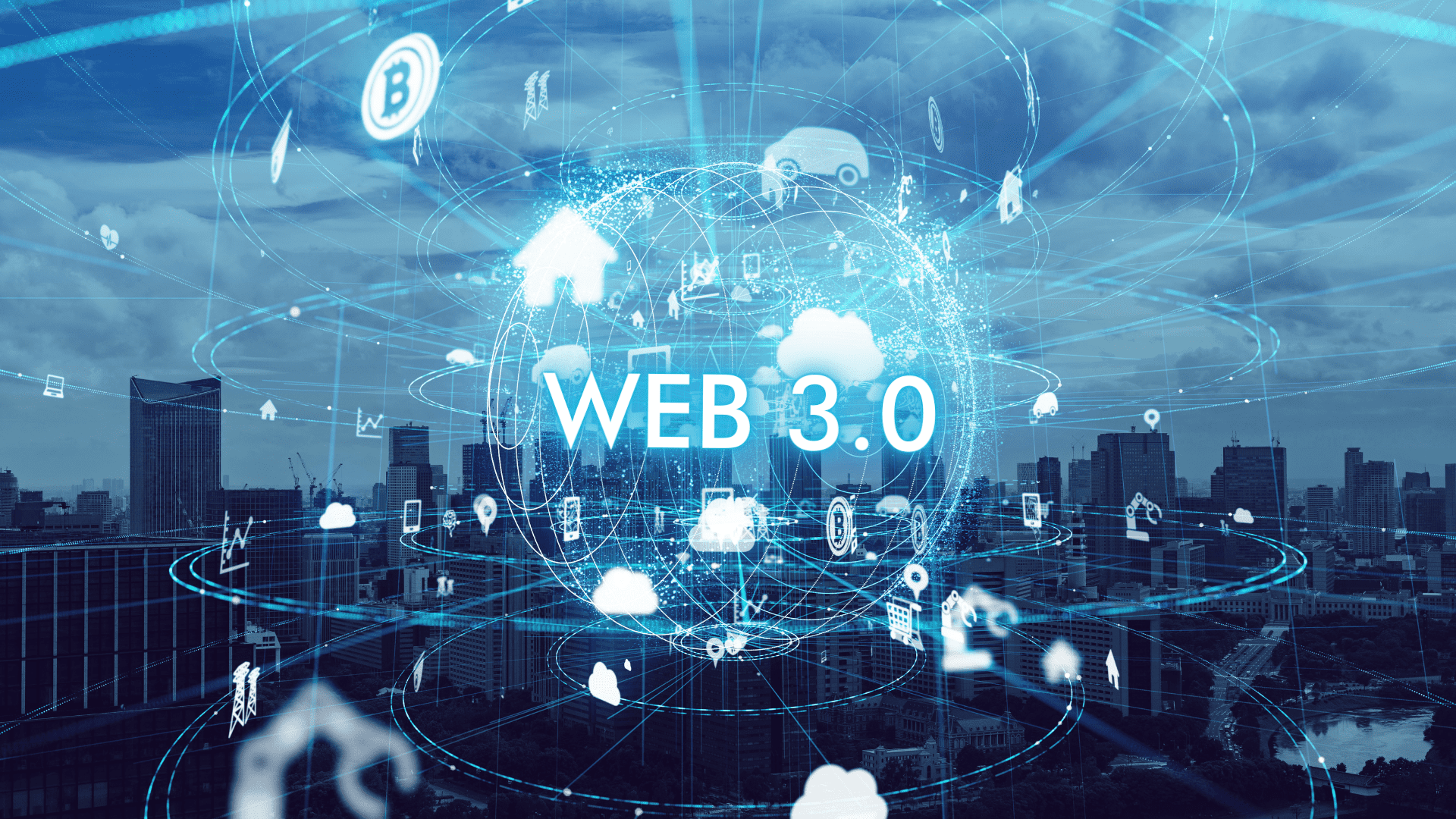
Characteristics and Benefits of a Decentralized Web
A decentralized web shifts power from central authorities to individual users. This reimagining of the internet fosters greater control over personal data and online identities.
Privacy is a key characteristic. Users can interact without fearing surveillance or data exploitation. Blockchain technology underpins this privacy, ensuring transactions remain secure and transparent.
Another benefit lies in resilience. A decentralized structure reduces vulnerability to attacks. With no single point of failure, the network remains operational even when parts are compromised.
Increased accessibility is also significant. Anyone with an internet connection can participate, breaking down barriers imposed by traditional systems.
Collaboration flourishes in such an environment, as users create and share content more freely. The community-driven nature encourages innovation while diminishing corporate monopolies on information distribution.
Embracing decentralization leads to a fairer digital landscape where individuals wield power instead of being mere consumers.
Examples of Web 3.0 Technologies and Applications
Web 3.0 is transforming how we interact online through innovative technologies and applications. One standout example is blockchain, the backbone of decentralized networks. It allows for secure and transparent transactions without intermediaries.
Decentralized finance (DeFi) platforms are another exciting development in this space. They empower users to lend, borrow, and trade cryptocurrencies directly with one another. This shifts financial control back into the hands of individuals.
Then there’s non-fungible tokens (NFTs), which provide proof of ownership for digital assets like art or music on a public ledger. Artists can monetize their work in ways that were previously impossible.
Decentralized autonomous organizations (DAOs) enable community-driven decision-making. These organizations operate without centralized leadership, fostering collaboration among members while enhancing transparency and accountability within projects.
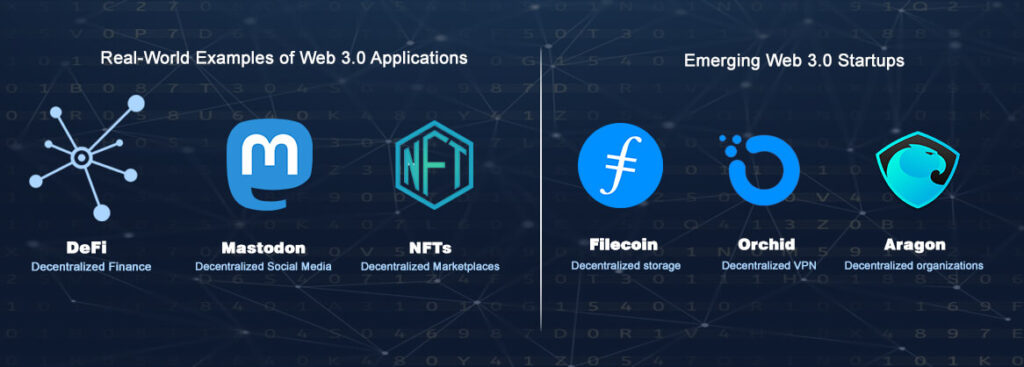
The Impact of Web 3.0 on Various Industries
Web 3.0 is reshaping industries in profound ways. In finance, blockchain technology enables secure transactions without intermediaries, reducing costs and increasing accessibility.
The supply chain sector benefits from enhanced transparency and traceability. Smart contracts automate processes, ensuring that all parties uphold their agreements efficiently.
Healthcare sees a potential revolution as patient data becomes decentralized. This opens doors for better privacy, security, and interoperability between systems.
Education can also harness the power of Web 3.0 through personalized learning experiences powered by AI and decentralized platforms. Students gain more control over their educational journeys.
Entertainment is undergoing transformation with NFTs allowing artists to monetize directly while maintaining ownership of their work. Gamers enjoy true ownership of digital assets in virtual environments.
Every industry stands to gain unique advantages from this reimagining of the internet driven by decentralization and innovation.
Challenges and Limitations of a Decentralized Web
The decentralized web offers intriguing possibilities, but it’s not without its hurdles. Scalability remains a significant concern. As more users join decentralized networks, maintaining speed and efficiency can become challenging.
User adoption is another barrier. Many people are still unfamiliar with blockchain technology and the principles behind decentralization. This lack of understanding can stymie growth.
Moreover, regulatory issues loom large. Governments worldwide are grappling with how to manage these new technologies without stifling innovation or infringing on personal freedoms.
Security also poses risks. While decentralization aims to reduce vulnerabilities, it doesn’t eliminate them entirely. Hackers may target weaknesses in smart contracts or decentralized applications (dApps).
The fragmentation of platforms complicates user experience. Different protocols and standards can lead to confusion for those trying to navigate this new digital landscape.
Implementing Web 3.0: Steps for Individuals and Businesses
Implementing Web 3.0 requires a shift in mindset for both individuals and businesses. Start with education. Familiarize yourself with core concepts like blockchain, decentralized applications (dApps), and smart contracts.
Next, explore existing platforms that leverage Web 3.0 technologies. Look into cryptocurrencies as a means of transaction or investment. Consider using decentralized finance (DeFi) services to manage assets without intermediaries.
For businesses, integrating dApps can streamline operations and enhance transparency. Collaborate with developers who understand the nuances of blockchain technology.
Experimentation is key in this new landscape. Test various tools to see what fits your goals best—whether it’s NFTs for digital art or tokenizing physical assets.
Engage with communities related to Web 3.0 through forums and social media groups; they are invaluable sources of knowledge and support during your journey into this reimagined internet space.

Future
The future of Web 3.0 and the decentralized web holds immense promise. As we move beyond traditional internet structures, new opportunities will emerge in various fields. Decentralized applications powered by blockchain technology could reshape our digital interactions, ensuring privacy and control for users.
With advancements in AI and machine learning integrated into these decentralized platforms, personalized experiences will become more seamless than ever before. Industries like finance, healthcare, and education are poised to undergo significant transformations as they adapt to this new paradigm.
Governments and organizations may need to rethink regulations governing data ownership and digital rights. The evolution towards a fully realized Web 3.0 could empower individuals while fostering innovation on a global scale.
As developers continue creating robust ecosystems around decentralization, collaboration between tech companies, regulatory bodies, and communities will play a critical role in shaping this future landscape.
Web 3.0 invites us all to reimagine what the internet can be—a space where autonomy reigns supreme alongside enhanced connectivity. It’s an exciting journey ahead that promises not just technological advancement but also societal change at its core.





